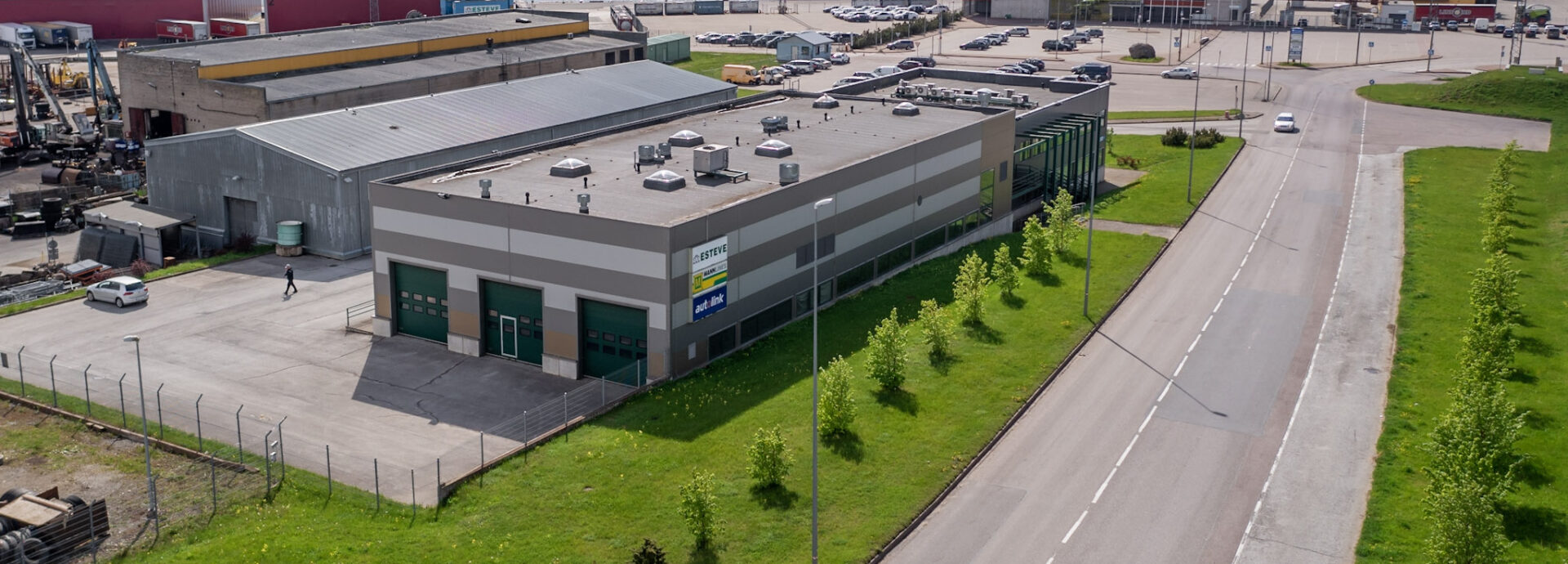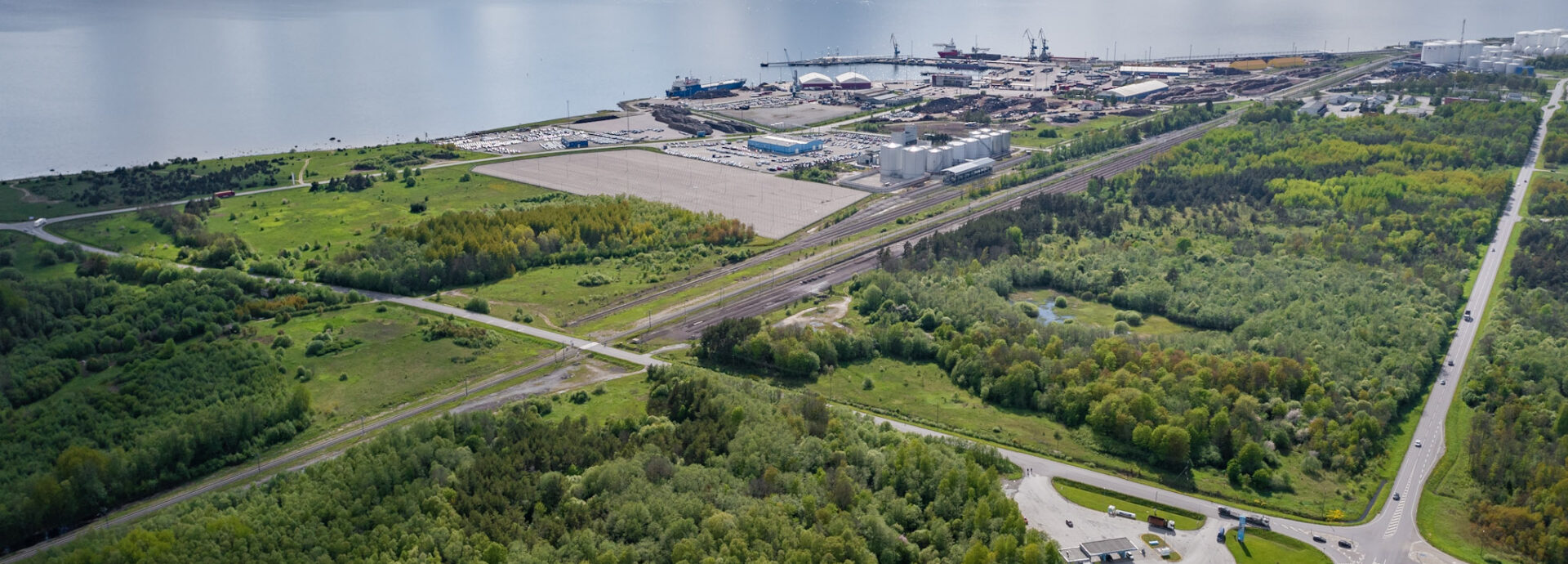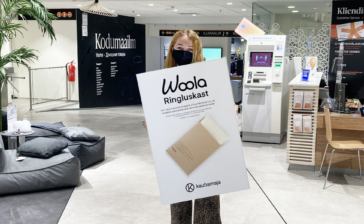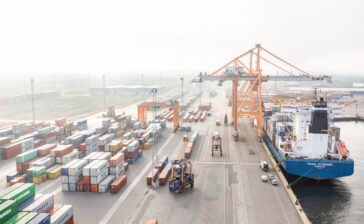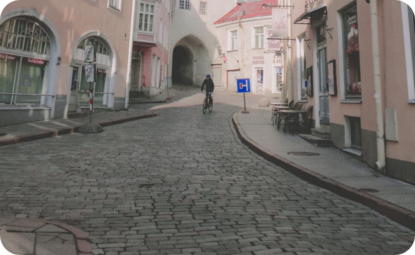Estonia is preparing for a hydrogen economy
There is probably no one who hasn’t heard of Silicon Valley in California, where tech and startup companies operate. In Estonia, however, the world’s first nationwide hydrogen valley was established this year, which works on the same principle, but is based on the hydrogen economy instead.
“Hydrogen Valley Estonia (HVE) is a region where hydrogen production, consumption, distribution and its use, for example, in industry, are all together. If someone were to cut all your wires elsewhere, you would still be a green island in the middle, and you would be able to survive,” Marek Alliksoo, spokesperson for the Estonian Hydrogen Valley ecosystem and board member at the Estonian Hydrogen Association, introduces. HVE is a nationwide and comprehensive development aiming to accelerate the green transition and energy independence under the motto “Zero to Green”. Over the next six years, hydrogen production units will be developed in at least six counties.
According to Alliksoo, there are currently more than 30 companies in Estonia that already have ideas or activities related to hydrogen. However, the HVE brings companies together to complement each other and solve each other’s problems because quite a few of them have similar problems. All projects cover the hydrogen value chain throughout Estonia, from the production of renewable energy to the use of hydrogen. Most of them are currently in the concept and feasibility study phase. “You need all those participants who work together, know each other’s thoughts better and thereby create synergy,” notes Alliksoo.
This year has had a sobering effect, especially on Europe. Russia’s war in Ukraine shows how important it is to disconnect oneself from the resources provided by a hostile country. Alliksoo indicates that offshore wind farms with a total capacity of 7 gigawatts should be coming online from 2028 onwards in Estonia, which is striving towards a green revolution. These, in turn, should cover twice the country’s energy needs by 2030, and this would enable the export of hydrogen in addition to local use.

Marek Alliksoo
Therefore, in the next ten years, when large-scale offshore wind farms are built, Estonia will produce significantly more electricity than it can consume. It has been proposed that building a hydrogen infrastructure for large-scale energy transmission could be up to 20 times cheaper than building an infrastructure of electric cables. Sven Parkel, representative of the Estonian Hydrogen Cluster believes that the entire Baltic region and also Finland have great wind energy potential. Thus, the surplus energy produced in this region will be directed to Central Europe in the future, where there is a shortage.
The challenges of hydrogen
At the moment, the transition to an ideal hydrogen society is hindered by a lack of experience and understanding, and some knowledge has to be purchased from abroad. The transition to green hydrogen, therefore, poses a challenge to education and science because specialists who are familiar with the subject are already needed. For example, the Institute of Chemistry of the University of Tartu has been giving a free online lecture, “Fundamentals of hydrogen technology and renewable energy”, for the second year, and it has attracted a lot of interest.
“Time pressure is also an important factor because if we don’t get things going this year, the costs of doing nothing will start to rise,” warns Alliksoo. Estonia has a number of trump cards in its pocket that help speed up the transition to hydrogen energy. Alliksoo points to digital administration, which eliminates excessive bureaucracy and saves time. It can take two years to initiate a hydrogen-related venture in Germany, while in Estonia, agility, quick action, and courage to experiment set the tone.
HVE has already been joined by the maritime shipping and aviation sectors, which have a lot of equipment running on fossil fuel that could be converted to hydrogen. There are examples from other sectors as well: in 2021, the international railway company Operail and the hydrogen solutions company Stargate Rail signed an agreement to convert diesel locomotives into hydrogen locomotives. Converting one locomotive to hydrogen saves 370 tons of CO2 per year, equaling the average annual emissions of 80 passenger cars.
PowerUP Energy Technologies, on the other hand, produces portable electric generators based on hydrogen fuel cells, which, unlike diesel generators, emit no carbon dioxide, make no noise and are maintenance-free. This year the company plans to close a funding round of up to four million euros, which would allow them to quickly increase production volumes. In addition, Auve Tech (with its self-driving hydrogen bus) and Elcogen (which develops fuel cells), are recognised players in the field of hydrogen in Estonia.

Auve Tech hydrogen bus
Small is beautiful
According to customers and research partner feedback, Elcogen provides the world’s best energy conversion processors for all manufacturers of end-user systems. Their products have two major advantages: they operate at lower temperatures and are significantly more efficient than competitor products. Elcogen’s CEO Enn Õunpuu says that Estonia’s main advantage in hydrogen technology is its size. “If we talk about fuel cell and hydrogen technologies, and more specifically about the high-temperature fuel cell technology that Elcogen offers, then Estonia’s trump card is the strong level of science in this field,” said Õunpuu.
Electrochemistry, which is the basis of fuel cell technology, has already been studied at the highest level in Estonia for more than 140 years. One of the founders of modern electrochemistry, Nobel prize winner Wilhelm Ostwald, graduated from the University of Tartu. It is also important that 21 years ago when Õunpuu founded Elcogen, a significant role was played by business partners and Estonian investors who were crazy enough to support the idea. “Today, Estonia is at the top of Europe and the world in the field of startups and unicorns per capita. This shows that the business environment in Estonia is very good, innovative ideas are valued. Estonians want to make the world a better place,” said Õunpuu.

Enn Õunpuu
One way to change the world for the better is to strive for climate neutrality. This is exactly the goal that the city of Tartu, which also participates in the HVE initiative, has set for itself by 2030. According to Deputy Mayor Raimond Tamm, hydrogen, as a very clean fuel, has a definite role in the entire movement towards nature-friendliness, especially in terms of transport. Thus, the city wants to test a smaller number of hydrogen-powered buses in the coming years and, if suitable, put them into use at the end of the decade. Another goal is to build a hydrogen filling station in Tartu, where private vehicles could be refuelled in addition to pilot buses.
So far, it can be seen that a start has been made in the field of hydrogen, and the initiatives are gaining momentum. But what steps still need to be taken? Sven Parkel from the Hydrogen Cluster says that the current high price of electricity must first be brought down, and more must be invested into the capacity of renewable energy: “On a smaller scale, we are talking about solar farms, on a larger scale we are talking about offshore wind farms, where large-scale green electricity would be produced to make green hydrogen.” In addition, issues related to infrastructure must be resolved, and regulations must be dealt with but looking at the enthusiasm of the companies and organisations involved in HVE, one would like to believe that Estonia will reach the set goals even faster than planned so far.
Interested in investing in Estonia? Find out more about the country’s energy sector here and book a time via e-Consulting to speak to your personal advisor.



